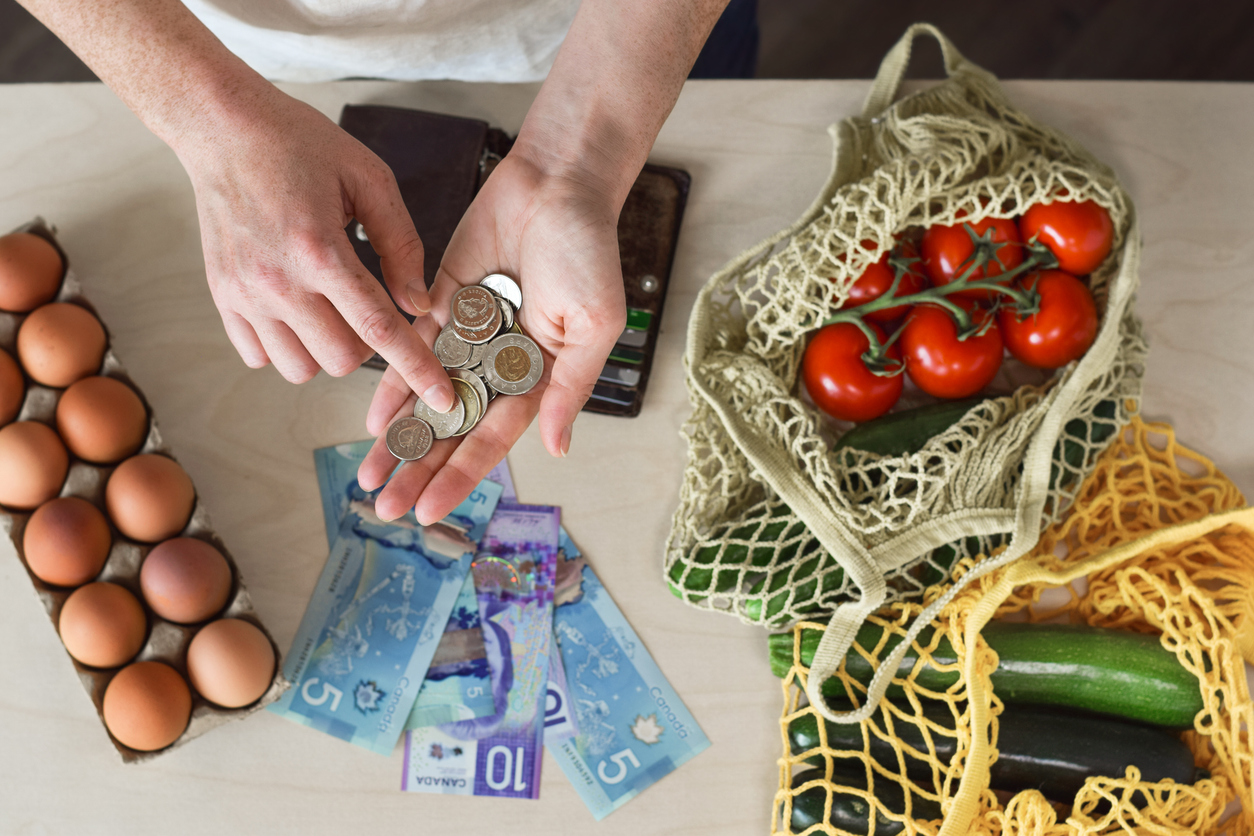
Living a frugal lifestyle doesn’t mean depriving yourself of life’s pleasures; it means being intentional with your spending and making thoughtful decisions to maximize your financial health. Whether you’re saving for a big goal, paying down debt, or just want to live a simpler life, adopting frugal habits can help you achieve your financial objectives. In this guide, we’ll explore over 50 tips for frugal living that can help you save money and live more efficiently.
1. Create a Budget and Stick to It
The cornerstone of frugal living is knowing where your money is going. A budget helps you track your income and expenses, so you can allocate money to savings and reduce unnecessary spending.
- Tip: Use budgeting tools like Mint, YNAB (You Need a Budget), or a simple spreadsheet to track your spending.
2. Embrace Meal Planning
Plan your meals for the week to avoid impulsive eating out or wasting groceries. By shopping with a list and preparing meals in advance, you’ll save both money and time.
- Tip: Cook in bulk and freeze meals to reduce food waste and save on cooking time throughout the week.
3. Buy Generic Brands
Store brands or generic products often offer the same quality as name brands but at a fraction of the price.
- Tip: Compare ingredients and product reviews to ensure you’re getting good value for your money.
4. Cut the Cable Cord
Streaming services like Netflix, Hulu, and Disney+ offer a wide range of content at a fraction of the cost of traditional cable TV.
- Tip: Consider rotating your streaming subscriptions to take advantage of new content and avoid paying for multiple services at once.
5. DIY Household Cleaners
Homemade cleaning solutions are not only frugal but also environmentally friendly. Common household items like vinegar, baking soda, and lemon juice can be used to clean everything from windows to countertops.
- Tip: Mix equal parts vinegar and water for an all-purpose cleaner.
6. Buy Secondhand or Thrift
From clothes to furniture, buying secondhand can save you significant amounts of money. Thrift stores, garage sales, and online platforms like eBay and Facebook Marketplace are great resources.
- Tip: Look for gently used or like-new items to maximize value.
7. Use Cashback and Coupon Apps
Apps like Rakuten, Honey, and Ibotta offer cashback on purchases or automatically apply coupon codes to your online orders.
- Tip: Stack cashback with sales and discounts to maximize your savings.
8. Cancel Unused Subscriptions
Many people forget about recurring subscriptions, like gym memberships or magazine subscriptions, that they no longer use.
- Tip: Review your bank or credit card statements for subscription services and cancel those you no longer need.
9. Make Coffee at Home
Buying coffee from cafes can add up quickly. Instead, invest in a quality coffee maker and brew your coffee at home.
- Tip: Make cold brew or iced coffee in large batches to enjoy throughout the week.
10. Negotiate Your Bills
Call service providers (internet, cable, phone) and ask for discounts or promotions. Many companies will offer better rates to retain customers.
- Tip: Prepare by researching competitors’ prices and use them as leverage in negotiations.
11. Buy in Bulk
Purchasing non-perishable items like rice, pasta, and household supplies in bulk can lead to significant savings in the long run.
- Tip: Use a membership store like Costco or Sam’s Club for bulk shopping, and split larger items with friends or family if storage is an issue.
12. Practice Minimalism
Minimalism goes hand-in-hand with frugal living. By owning fewer, more meaningful possessions, you save money, reduce clutter, and simplify your life.
- Tip: Before making any purchase, ask yourself if the item adds real value to your life or if it’s an impulse buy.
13. Use Public Transportation or Carpool
Instead of relying on your own vehicle for every trip, use public transportation or carpool with friends or coworkers. This reduces fuel costs and wear and tear on your vehicle.
- Tip: If you drive, use apps like GasBuddy to find the cheapest gas prices in your area.
14. Cut Down on Utility Bills
Be mindful of your energy consumption by turning off lights when you leave a room, unplugging electronics, and using energy-efficient appliances.
- Tip: Install a programmable thermostat to automatically reduce heating or cooling when you’re not home.
15. Grow Your Own Herbs and Vegetables
Growing your own herbs, fruits, and vegetables can save you money on groceries, plus homegrown produce often tastes fresher.
- Tip: Start small with herbs like basil, mint, and parsley, which are easy to grow indoors or on a balcony.
16. Use a Library Instead of Buying Books
Libraries offer a wealth of free resources, including books, audiobooks, and even movies.
- Tip: Check if your local library offers digital downloads of ebooks and audiobooks through apps like Libby or OverDrive.
17. Make Your Own Gifts
Instead of buying expensive gifts, consider making something personal and thoughtful. Homemade gifts like baked goods, crafts, or photo albums can be more meaningful and cost-effective.
- Tip: Look for DIY gift ideas online for inspiration, such as homemade candles, bath bombs, or custom artwork.
18. Downsize or Share Expenses
If you’re spending too much on rent or mortgage, consider downsizing to a smaller home or apartment. Alternatively, you could rent out a spare room or share living costs with a roommate.
- Tip: Compare your housing costs with your income—if it’s more than 30% of your take-home pay, it might be time to downsize.
19. Cut Down on Meat Consumption
Meat can be one of the most expensive items on your grocery list. Try incorporating more plant-based meals into your diet to save money on groceries.
- Tip: Experiment with affordable plant-based protein sources like beans, lentils, and tofu.
20. Automate Your Savings
Set up automatic transfers to your savings account every payday. This ensures that a portion of your income is saved before you have the chance to spend it.
- Tip: Start small, even $25 per paycheck, and gradually increase as you become more comfortable with your budget.
21. Skip the Gym and Workout at Home
Gym memberships can be costly. Instead, create a home workout routine using free online resources, such as YouTube fitness channels or fitness apps.
- Tip: Use household items like water bottles or backpacks filled with books as weights if you don’t have gym equipment.
22. Delay Gratification
Before making any non-essential purchase, give yourself time to think about whether you really need or want the item. This helps curb impulse buying.
- Tip: Adopt the 30-day rule—wait 30 days before purchasing something you don’t need. Often, you’ll find that the urge to buy disappears.
23. Use Reusable Products
Investing in reusable items like water bottles, shopping bags, and cloth napkins can save you money in the long run and reduce waste.
- Tip: Switch to reusable alternatives for common disposable items, such as paper towels, plastic bags, and single-use coffee cups.
24. Buy Off-Season
Clothing, holiday decorations, and seasonal items often go on clearance after the season ends. Buy items off-season to get the best deals.
- Tip: Stock up on winter coats and boots at the end of the winter season for significant discounts.
25. Do Your Own Repairs
Before calling a professional for simple home repairs, consider doing it yourself. There are countless online tutorials and videos that can guide you through minor repairs.
- Tip: Keep a basic toolkit at home for small repairs and DIY projects.
This guide provides just a glimpse into the many ways you can embrace frugal living. By incorporating even a handful of these tips into your routine, you’ll be able to save money and make more intentional choices about how you spend your hard-earned cash. Frugality is not about deprivation—it’s about finding value, avoiding waste, and living mindfully.







